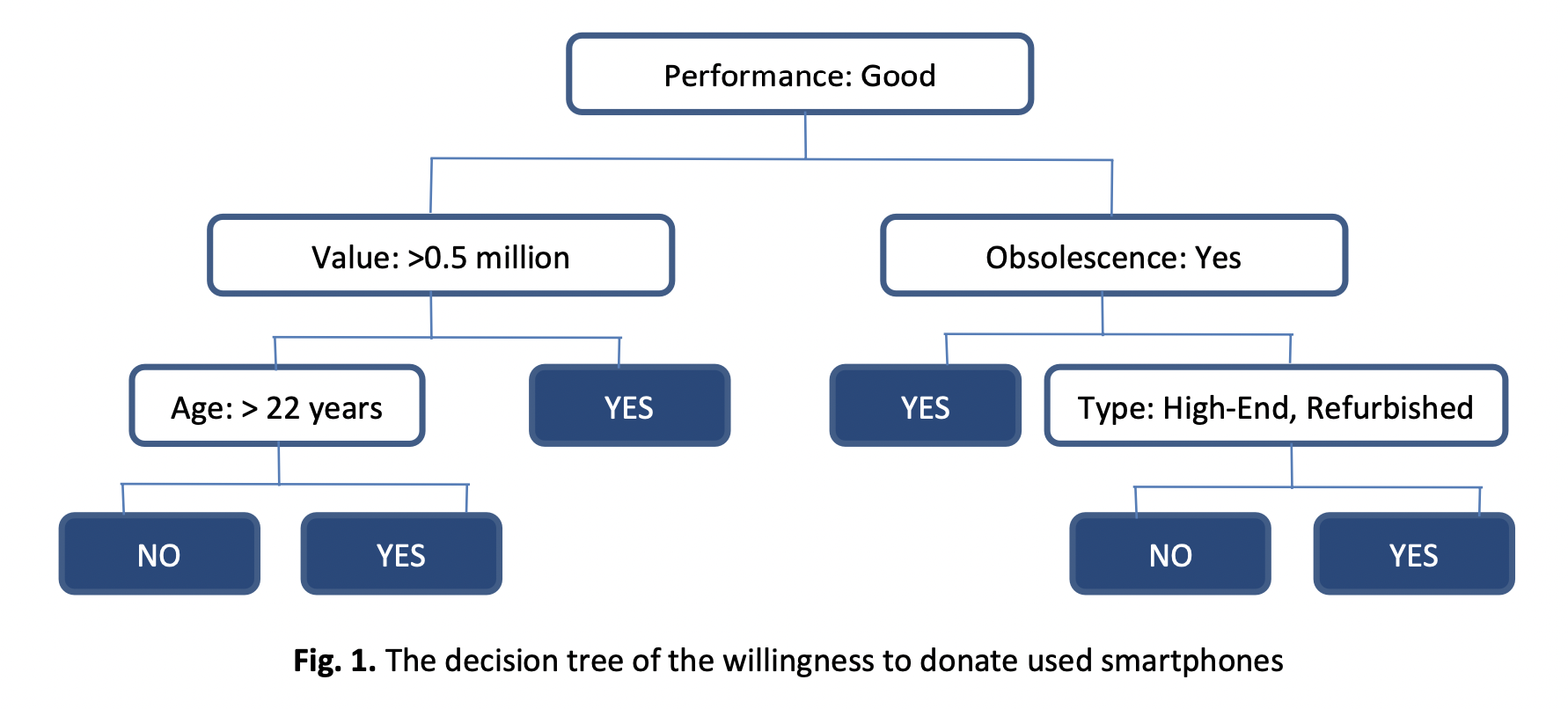Predicting Willingness to Donate Smartphones as a Reuse Option using Decision Tree Analysis
DOI:
https://doi.org/10.37934/araset.30.3.315324Keywords:
Willingness to donate, smartphone for education, decision tree analysisAbstract
The increasing number of smartphone users in Indonesia, coupled with the short average usage time of smartphones, has posed a sustainability problem. Smartphone production requires natural resources including rare earth materials and energy, that need to be preserved due to their limited availability and depletion. Circular economy initiatives have become important in the last few decades, and one of them is extending product life by reusing discarded products. On the other hand, triggered by the Covid-19 pandemic, online learning has become an essential part of education. In Indonesia, marginalized communities or low-income societies have limitations in providing online learning tools such as desktop or laptop computers, including smartphones. Therefore, smartphone donation is considered a suitable initiative to help students who need a smartphone to join online learning while at the same time extending the useful life of a smartphone. Using decision tree techniques, we investigate the willingness to donate used smartphones for education in the Indonesian context. The results show that the respondents' willingness-to-donate was influenced by several considerations, which are performance, value (price), type, obsolescence of the used smartphone, and the donators’ age. The resulting parameters and predictions could enhance the effectiveness of the donation mechanism.
Downloads





























